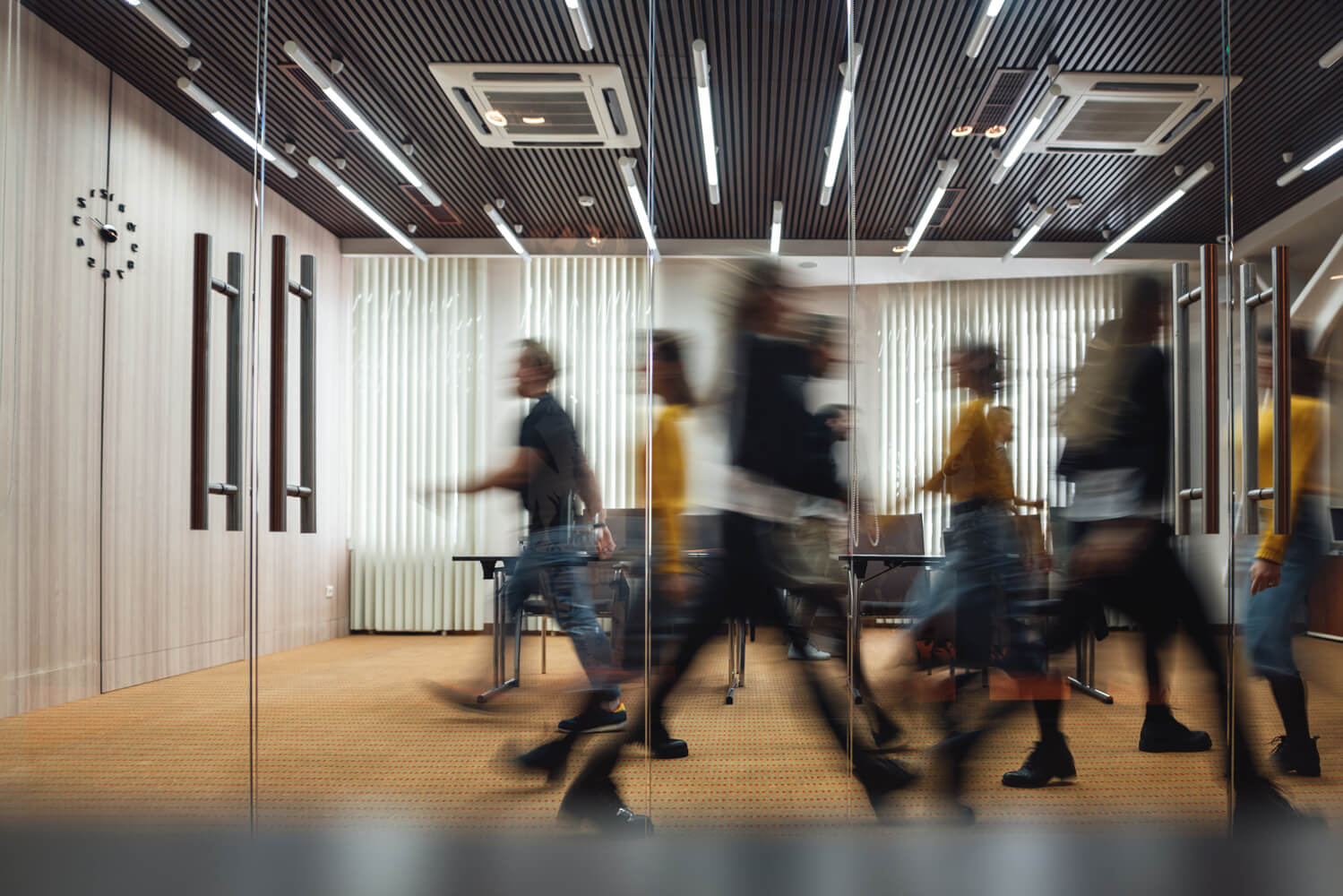Ethnography’s Role in Enhancing Existing Office Spaces


The COVID-19 pandemic has transformed the nature of white-collar work, accelerating shifts in how and where office tasks are performed. As we rethink work-life balance, neurodiversity, and the future of office environments, organizations face challenges in understanding why employees often prefer remote work and why satisfaction with office spaces tends to be low. To boost office utilization, health, and productivity, it is crucial that office design and operations align with the needs of the occupants and organizational goals. Understanding people – not viewing them as part of the problem, but as part of the solution – is key to achieving this alignment.
The Power of Ethnography in the Workplace
Enter ethnography. Ethnography is a systematic method – originating in the field of anthropology – for studying people in their environments, revealing the diverse values, needs, and social norms that shape occupant (and operator) behavior and experience. Applied to office settings, ethnography helps organizations grasp how these factors influence both employee and operator experiences, thereby improving alignment and outcomes.
Case Studies: Insights from Ethnographic Research
For example, in one corporate client’s case, ethnographic research uncovered that some employees avoided the office due to the scarcity of larger collaboration spaces and private areas (for private meetings and heads-down work). This scarcity led to inefficiencies and stress day-to-day, as employees spent excessive time searching for available spaces. This also contributed to (a) territorial behavior of claiming rooms/spaces for significant portions of the day and (b) taking calls, joining virtual meetings, or physically collaborating with others at one’s desks (distracting others in the process).
Whenever there is a perceived scarcity, regardless of its nature, the chances of conflict rise, leading to adverse effects on company cohesion and team dynamics. This potential of conflict is enhanced with greater cultural diversity. In this case, variations in cultural norms (American, Northern European, Indian, + others) influenced the likelihood of someone claiming a room and the reaction to such territorial behavior.
For another corporate client, an ethnographic study was done on their pilot implementation of a free address office environment. This revealed employees’ sense of loss, experienced from losing a workspace they could call their own. The study identified actions employees took to cope with poor indoor environmental quality (IEQ) conditions and a lack of personal control in their open office settings, which increased employee tensions and organizational disfunction (exacerbated by both cultural differences and ineffective policies for the new free address environment).
Using various engagement measures as a proxy for shared identity, we estimated that compared to other office settings of the corporate client, these issues were reducing shared identity among the employees between 4% and 8%. We also estimated that these issues were resulting in 10% to 17% more inequities and conflicts compared to the other office settings. The ethnographic work helped make these estimates possible.
Goals of Ethnography in Office Planning and Design
When implementing ethnography as part of the planning for an office renovation or new construction, the objectives typically include:
- Identifying improvements for space layout, signage, furniture, and indoor environmental quality (IEQ) to better meet the organizational and user needs.
- Recommending enhancements to building systems relative for greater occupant satisfaction.
- Establishing actionable goals, targets, and design strategies that are meaningful to users.
The Ethnographic Workflow in Office Spaces
An effective ethnographic workflow for buildings involves:
- Discovery: Identify key aspects of occupant experience and building use/performance to focus on.
- Collection: Conduct interviews and observations within the building.
- Process: Analyze the data, including environmental measurements and building performance data if relevant.
- Analysis: Generate insights and recommendations based on experiences, behaviors, building performance, operations, health and productivity impacts, etc.
- Report: Assemble and present findings relative to ultimate project goals.
Applying Ethnography Beyond Planning
Ideally, ethnography would be part of both the planning process and post-occupancy evaluations to verify & refine occupant experience and building performance. Having the ethnographer conduct design reviews based on insights and recommendations from the planning phase is also advantageous. Ethnography can also increase the effectiveness of prototyping, or mocking up, spatial layouts, new technology implementations, and other design strategies. Combining ethnographic insights with IEQ measurements and other building performance assessments provides a more highly comprehensive & accurate understanding of office environments and their impact on health and productivity.
Conclusion
Aligning office spaces with social environments and user needs is critical for maximizing utilization, enhancing user experience, and optimizing building performance. Ethnography, though often underutilized, is a powerful tool for achieving this alignment.






View More Resources
Benefit from our expertise


